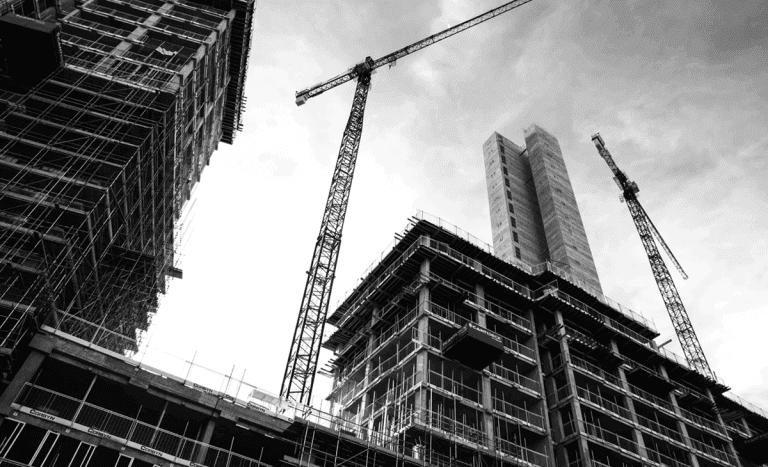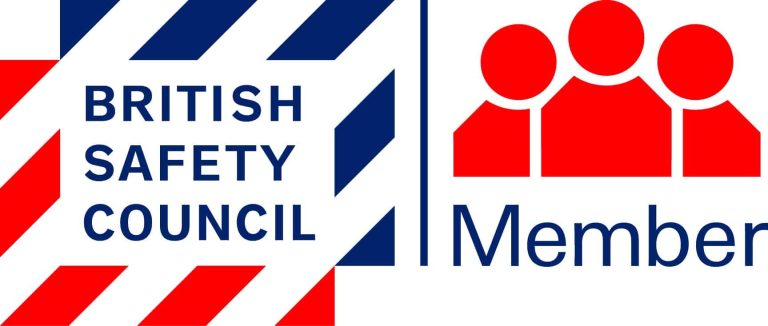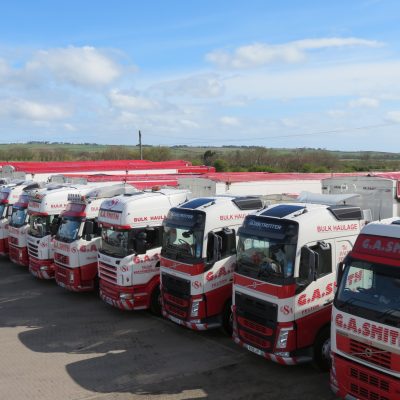G A Smith – Reputable in Construction (The Following is a Promoted Article) Undoubtedly, one of the greatest – if not the greatest – challenges faced by plant hire firms is managing health and safety. Owing to its power and size, plant equipment is intrinsically dangerous and thus proper risk management is a fundamental part of haulage business’ operations. Beginning with just one wagon in 1987, G A Smith has since grown into specialist plant hire firm of multiple vehicles and multiple areas of expertise. Operating out of three depots in Birtley, Cramlington and Felton, and with four core areas of business – plant hire, bulk haulage, bulk handling and earthworks – the firm functions as a one-stop-shop in loading, conveyance and handling. Through diversification, the firm has established a leading reputation with its construction industry clients and is favoured for its technically-competent and professional services. Although the weight G A Smith places on health and safety is then perhaps unsurprising, the firm’s success in managing risk is somewhat remarkable. Training has been key for the firm; by providing operatives with the most up-to-date advice, knowledge and skills, risk of injury by human error or misdemeanour can be mitigated. With several SMSTS-trained site managers, a number of SSSTS-trained site supervisors and all operatives having undergone CPCS training or an equivalent, G A Smith leaves nothing down to chance and has built up a level of competence that, for the most part, prevents accidents from happening altogether. More than simply providing opportunities for training however, G A Smith has taken the decision to carry out some specialist training in-house rather than sourcing courses from an external supplier. Claire Trusty, Health and Safety Officer at G A Smith, says the benefits of internal training are manifold: “Taking a hands-on approach to training has enabled us to provide operatives with exactly the qualifications and skills they needs for each specific job. What’s more, we’re also able manage operatives’ practice more attentively and make sure not only that they have the right knowledge and the right skills to perform but, equally, that they’re effecting what they’ve learned in training on a day-to-day basis.” Conducting training in-house is also well-suited to the often unpredictable schedules and working hours of G A Smith’s operatives, and thus prevents the company from having to take time away from either site works or the customer. Training provided includes: manual handling, basic working at height and fire awareness. In addition, all operatives have recently benefited from a Self-Study Environmental Awareness with a view to easing G A Smith’s transition to a ISO 14001-accredited firm. Indeed, following recent audits, the company is now accredited with ISO 14001, ISO 18001 and ISO 9001, the successful achievement of which, Trusty highlights, will prove invaluable during tendering in the future and, more generally, reinstates G A Smith’s commitment to quality and corporate responsibility. ISO accreditation is just another seal of approval for the company which also possesses a number of highly-regarded industry accolades, including SafeContractor, Constructionline and CHAS accreditation. In respect of just what CHAS membership provides the business, Trusty echoes her sentiment on ISO accreditation as well as stressing that the principles of CHAS are, in many ways, commonsense. “When we first started to invest in health and safety, changing the business in line with the requirements CHAS, it was actually much more simple and much more intuitive than it first seemed. Ultimately, CHAS mandates that businesses recognise their responsibility to provide a safe working environment for operatives and mitigate risk to the public. When you look at it like that, there’s very little to dispute.” In terms of how those ambitions are actualised on site, G A Smith issues all operatives with an up-to-date health and safety policy and PPE during induction, reviewing potential risks and hazards on a site-by-site basis and making amends as necessary. Risk assessments, method statements and COSHH assessments are all completed internally and, likewise, reviewed regularly so as to identify any changes or emerging matters of address. With profound emphasis on health and safety, G A Smith continues to excel in the bulk haulage and handling industry, proving that the – whilst the industry may be characterised by risk – it need not be defined by accident or injury. And with express commitment to maintaining such high standards evident in the company’s recent successful audit for ISO accreditation, G A Smith can only grow in prominence.














